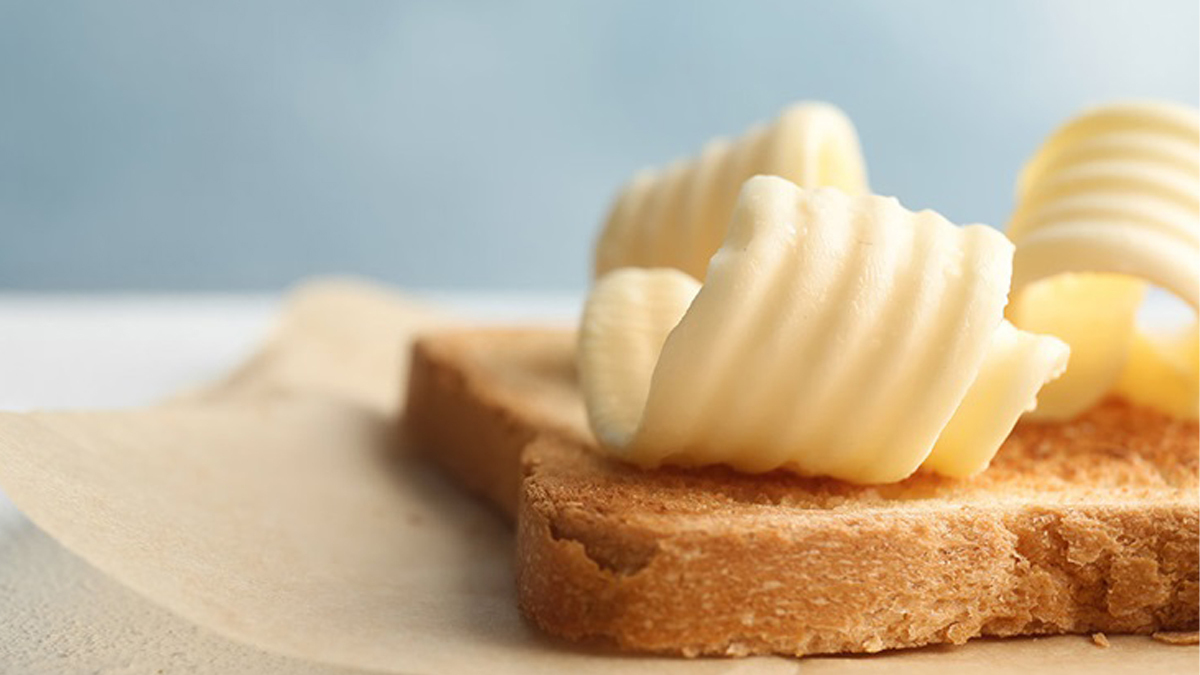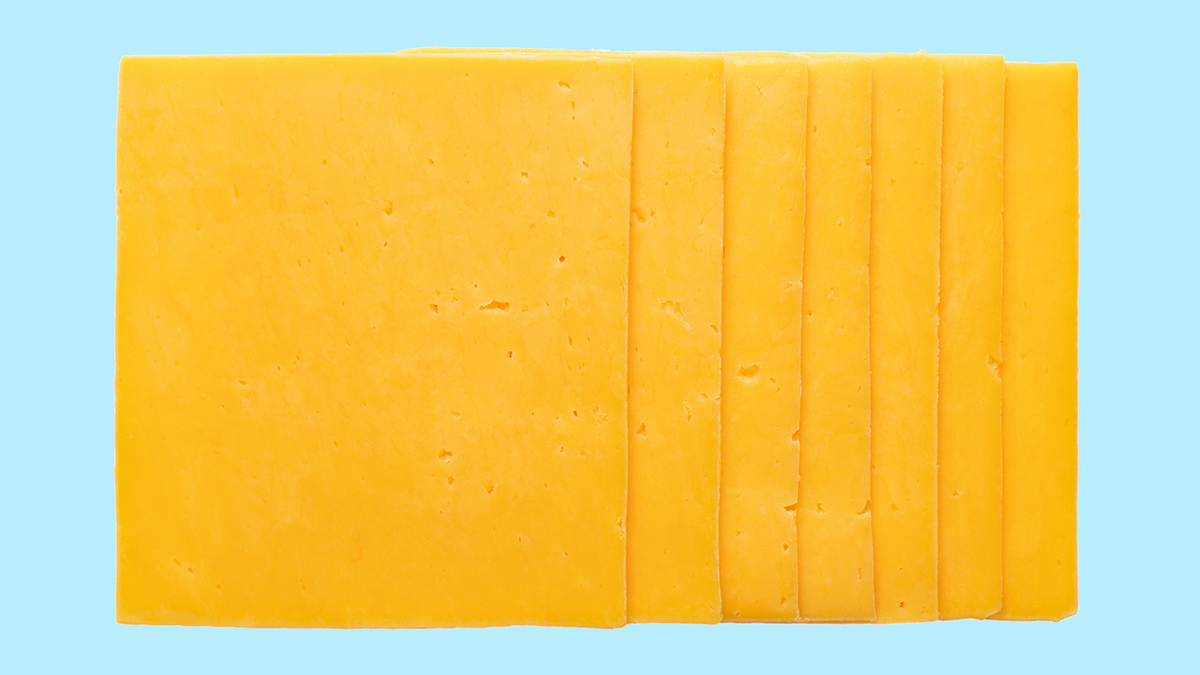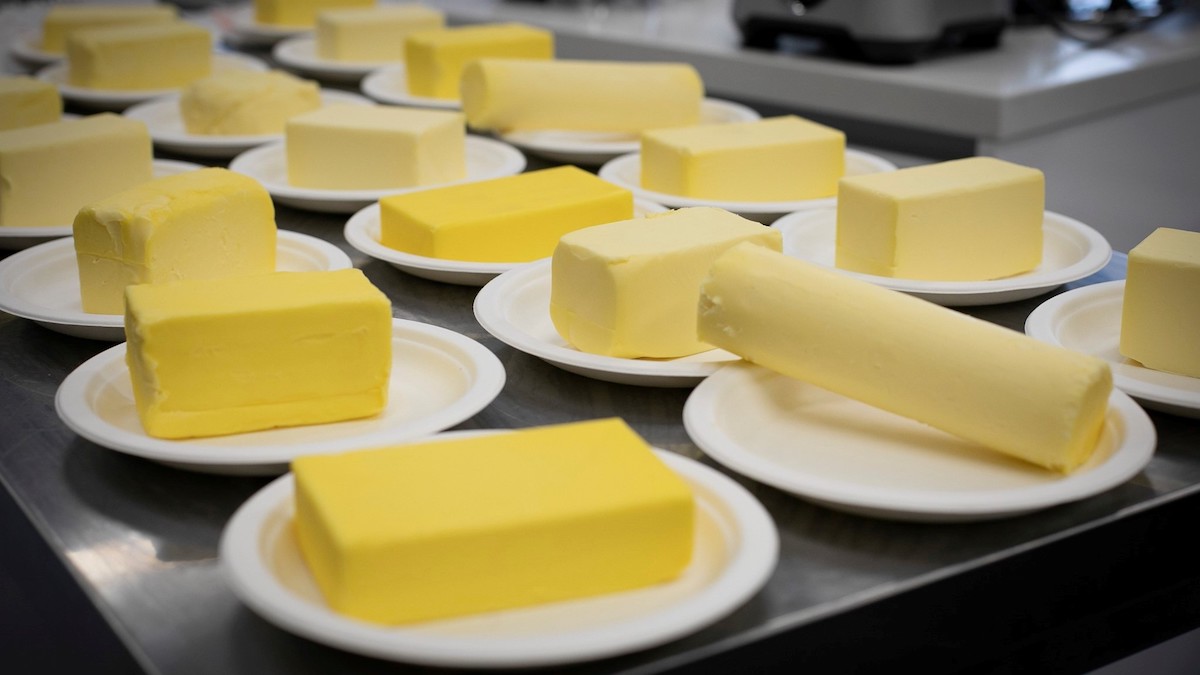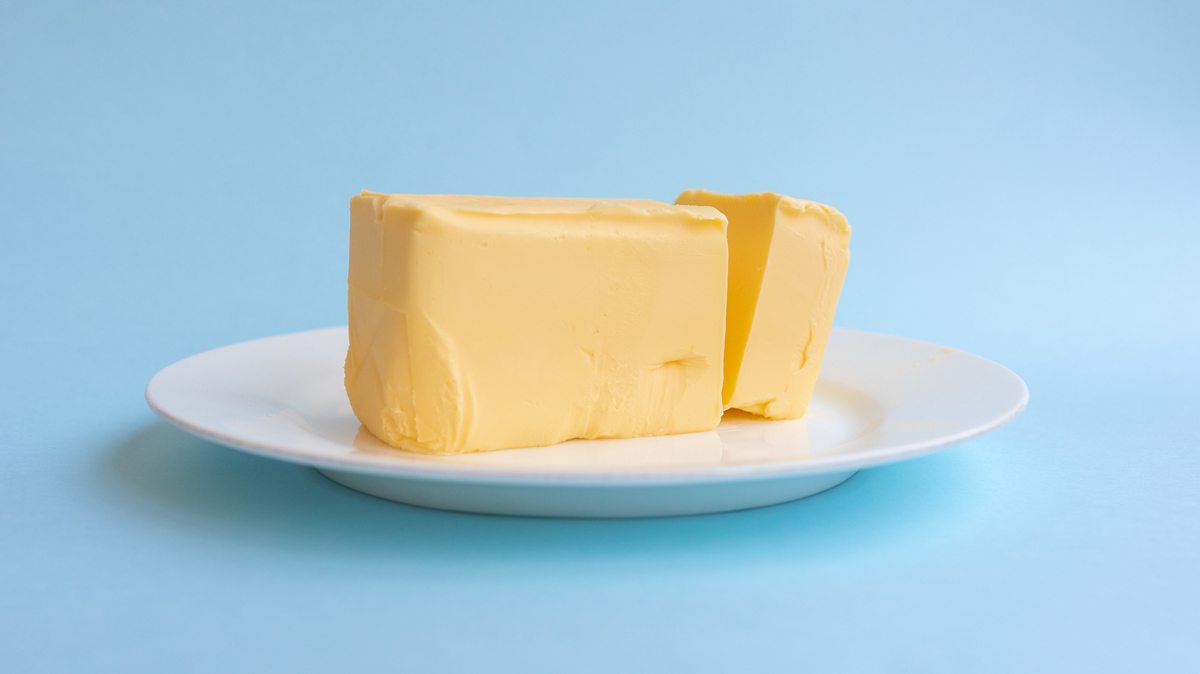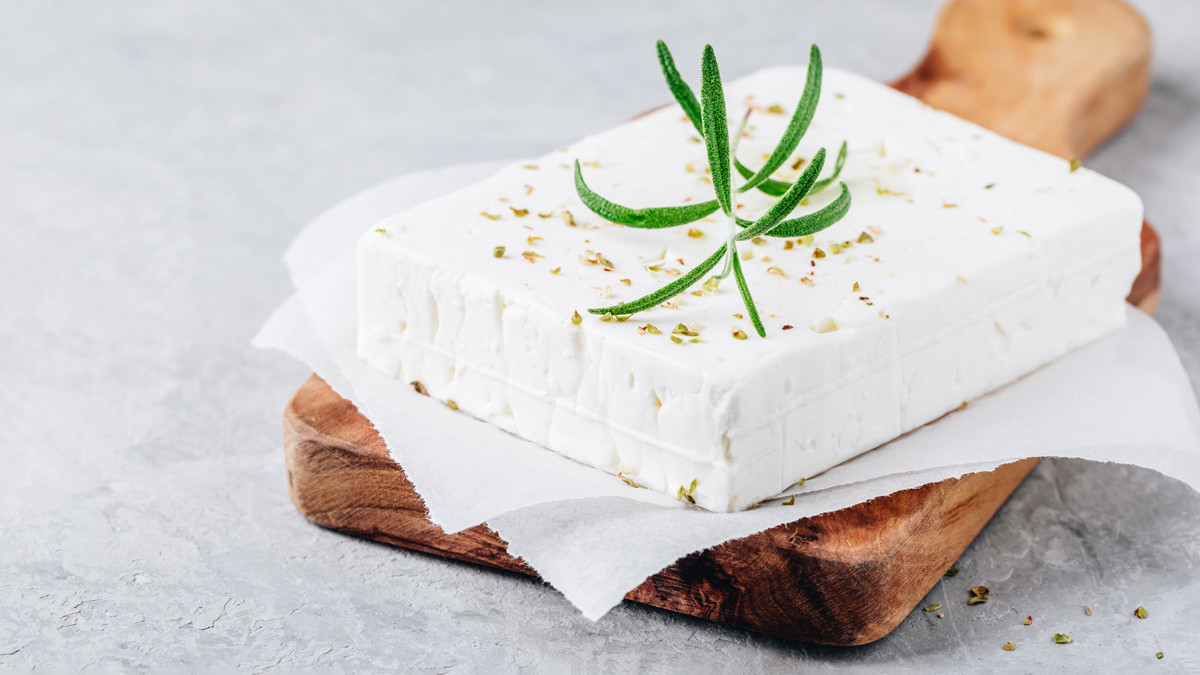Get our independent lab tests, expert reviews and honest advice.
Things that are dramatically improved by adding butter
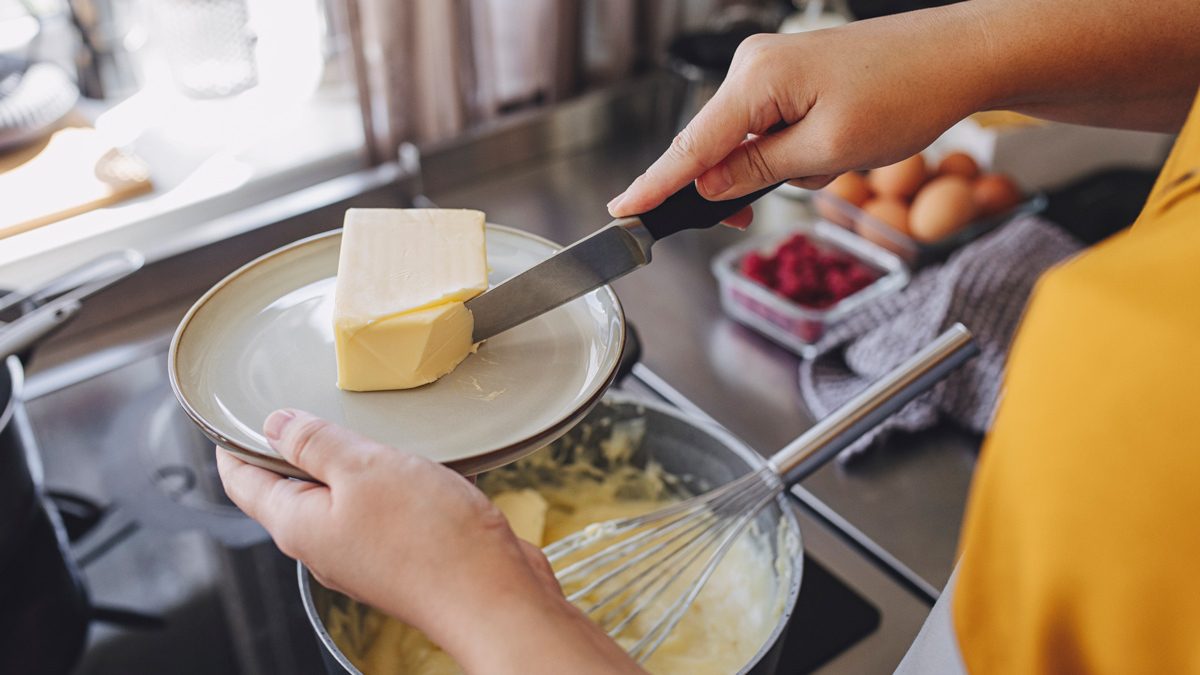
In the words of the famous chef, Julia Child, “With enough butter, anything is good.” We couldn’t agree more. Whether it’s the key ingredient in sauces, baked goods or pastries, or used to cook or serve meats, butter is a jack of all trades with a speciality in upgrading any meal.
CHOICE home economist Fiona Mair breaks down all the things you can, should and didn’t know you could do with butter to make your meals infinitely better.
And if you want to embrace more beautiful butter in your cooking, it’s important you choose a great-tasting butter that’ll really shine as an ingredient. To help you out, CHOICE experts have blind taste-tested and reviewed a huge range of supermarket butters to see which is the cream of the crop.
Compound butter for fish, meats and breads
You can instantly upgrade fish, meats or bread by making a simple butter compound. Butter compounds are savoury or sweet mixtures of butter and other ingredients that you can use to add flavour when cooking fish and meats, or use to spread on breads for a next-level loaf.
Not only are they easy to make, but can be stored in the fridge and freezer and used at a moment’s notice to transform Friday night’s fish or Sunday night’s steak into a mouthwatering dish.
Savoury compounds
To make a savoury butter compound, Fiona recommends using fresh, leafy herbs such as parsley, tarragon, mint, sage, oregano or basil.
“Rosemary can be used but you should remove the leaves form the stalks and chop the leaves finely. Dried herbs can also be used but are better suited for compounds that are being cooked, such as when adding to steak before cooking it,” she says.
For 250g of butter, add up to ¼ cup of herbs (a little less if using strong herbs such as tarragon or rosemary). Process in a food processor or hand mixer on high for 40 to 60 seconds. You can also add extra flavour with ingredients such as chives, garlic, lemon or lemon zest.
Sweet compounds
Making your own sweet butter compounds will turn pancakes, waffles, scones or banana bread into a cafe-worthy dish.
“Using the same method, pulse 250g of butter with roasted chopped pecans and maple syrup,” suggests Fiona.
You can also try a berry butter. Stew berries with lemon and sugar, strain and process with butter, then serve with scones, bagels or banana bread.
How to store
It’s logging time! Once you’ve whipped up your compound, place it on a large piece of parchment paper, fold the paper over and tuck under the butter. Use some pressure to form it into a log and lastly fold the ends of parchment and seal.
“Store the butter in a plastic bag or foil to stop the fridge or freezer odours from penetrating the butter,” says Fiona.
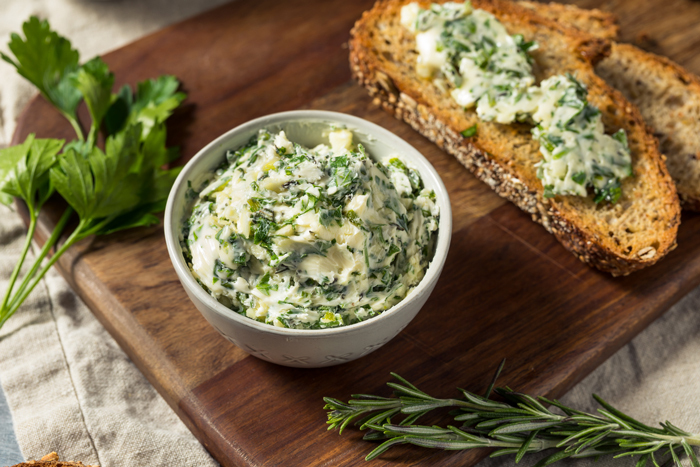
Potatoes that’ll melt in your mouth
Just like cheese and toast, potatoes and butter are a match made in carb heaven. There are so many ways to serve up spuds, but we guarantee that, no matter which way you choose, butter will take your taters to incredible new heights.
Potato bakes and au gratins
When it comes to potato bakes and au gratins you’ll want to use a heavy hand with butter for best results. Grease the baking dish with butter to add flavour and stop potatoes from sticking to the bottom. For a brown and crispy top layer, add dabs of butter on the top before baking.
Mashed potatoes
“The best mashed potatoes will always include butter in my opinion, but the trick to get best results is how you incorporate it,” says Fiona.
After mashing boiled potatoes, add a couple tabs of butter and put back on the stove at a low temperature. Allow the butter to melt through, mixing with a wooden spoon, then add desired amount of milk. Beat with the wooden spoon until creamy and smooth for a silky, buttery mash that’s just perfection.
Roast potatoes
If you haven’t been adding butter to your roast potatoes, we’re here to tell you it’s a game changer! Fiona recommends adding equal parts butter and oil to your potatoes – this will add maximum flavour but the oil will stop the butter from burning.
“Toss the potatoes in the oil before baking and add the butter in the last 20 minutes of cooking, along with fresh herbs and crushed garlic,” she says.
Porridge (yes, really!)
This unlikely place to add butter is Fiona-approved and will make your morning oats a reason to get out of bed.
“Adding butter and brown sugar to steel-cut oats gives exceptional flavour and richness. Try toasting the oats in butter then making the porridge or frying bananas in butter and topping with brown sugar to add to your cooked oats,” she says.
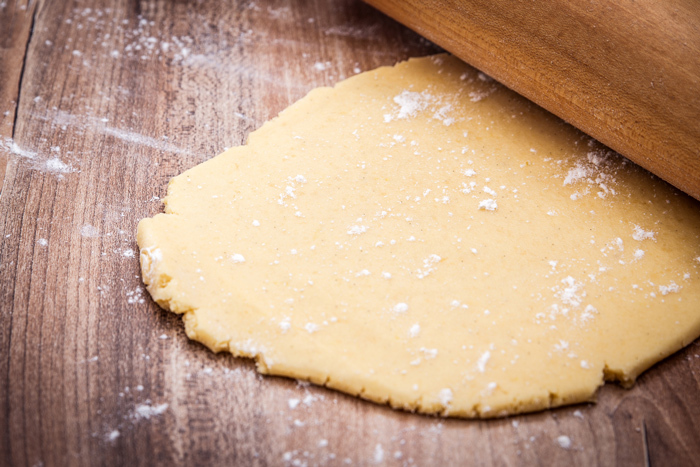
DIY shortcrust pastry
Made by hand or with a food processor Fiona’s easy DIY buttery shortcrust pastry can be used for sweet or savoury pies, pasties, rolls and tarts. It can also be kept frozen for up to six months for a spur-of-the-moment meal or dessert.
Ingredients
2 cups plain flour
1 teaspoon baking powder
Pinch of salt
125g chilled diced butter
1 egg yolk
1 tablespoon lemon juice
5–6 tablespoons of chilled water
Method
Place flour, baking powder, salt and butter in a medium or large food processor bowl.
Process on high for approximately 30 seconds (or pulse 10 times) until mixture resembles breadcrumbs.
Add egg yolk, lemon juice and water through the feed chute.
Process on high until dough forms a smooth ball (approximately 1 minute).
If the mixture is too dry, add a little water, or if too wet, add a tablespoon of flour.
Remove from the bowl and shape into a flat round disk and wrap in plastic wrap. Refrigerate for 30 minutes before rolling out.
If using the pastry for a pie, use two-thirds of the pastry for the base and the remaining third for the top.
Always blind bake the base of the pastry before adding a filling (using baking beads, dried beans or rice).
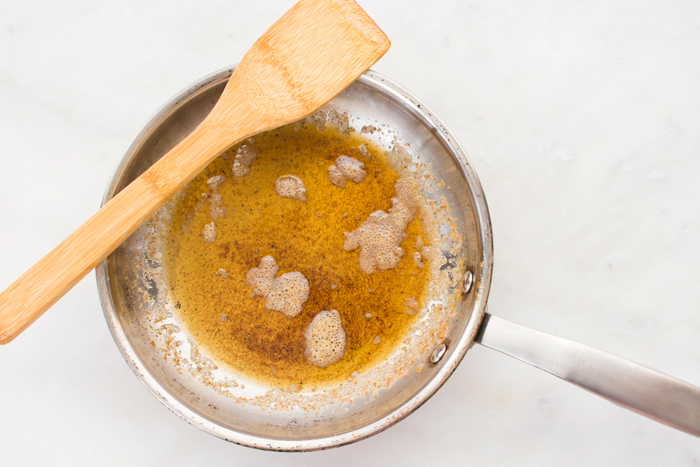
Brown butter on everything
Brown butter is butter that has been gently cooked slightly past its melting point to give it a deliciously nutty flavour and aroma. It’s ideal for using as a sauce, pouring over meat or pasta, or in baked goods.
“This is such an easy and versatile sauce because it can carry sweet or savoury flavours,” says Fiona.
To get the butter to nut-brown, add butter to a preheated saucepan and melt on a medium heat. Stir until it starts to turn brown without letting it smoke. “Pour as is over soft polenta, popcorn and steamed vegies or add to cake and biscuit batters in place of butter for a nutty butterscotch flavour,” Fiona says.
Other ingredients that can be added once the butter is brown include herbs, parmesan cheese, garlic and chopped nuts.
Better scrambled eggs
Watery hotel buffet scramble eggs be gone! The best scrambled eggs are rich and buttery, and Fiona recommends adding 1 tablespoon of butter for every two eggs. Just melt in the pan before stirring in your whisked eggs.
DIY crumble topping
Butter is a must-have addition when making a quick and easy crumble – the perfect crowd-pleasing dessert and a great way to use up overripe fruits such as apples or berries.
You can also make a crumble topping in advance and keep it frozen in an airtight container for up to two months. To make it, just blitz unsalted butter, flour, oats and brown sugar, sprinkle over fruit and bake.
Should you choose salted or unsalted butter?
Both salted and unsalted butters are useful in cooking, and it basically comes down to a flavour preference. Unsalted butter is usually specified in baking and pastry recipes, as they may call for the addition of extra salt and, by adding the salt yourself, you can have control over how much is added and the resulting flavour.
The salt quantity in different brands of salted butter can vary, so its best used as a spread or in recipes such as savoury compound butters.If you’re trying to reduce salt in your diet, you should of course opt for unsalted.
Unsalted butter may also have a shorter shelf life than salted, so it is usually fresher butter. To find out more about how salted vs unsalted butters performed in our taste test, read our CHOICE expert butter review.

